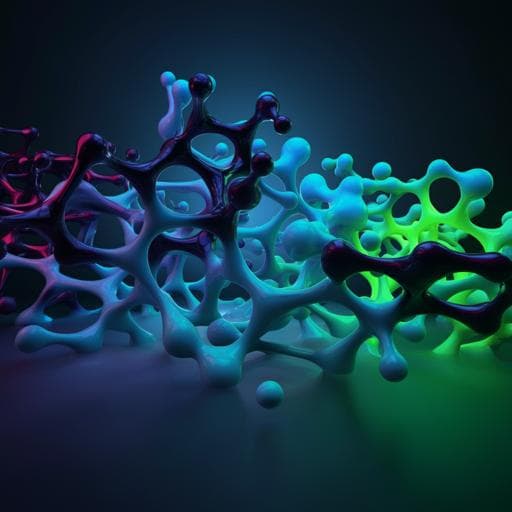
Engineering and Technology
The electrode tortuosity factor: why the conventional tortuosity factor is not well suited for quantifying transport in porous Li-ion battery electrodes and what to use instead
T. Nguyen, A. Demortière, et al.
This paper by Tuan-Tu Nguyen and colleagues presents a novel numerical approach that challenges conventional methods for determining tortuosity factors in porous Li-ion battery electrodes. By introducing a new 'electrode tortuosity factor,' the research uncovers critical insights into how non-percolating pores impact performance, paving the way for optimized electrode design. The simulation tool is also available as an open-source MATLAB application.
~3 min • Beginner • English
Related Publications
Explore these studies to deepen your understanding of the subject.







